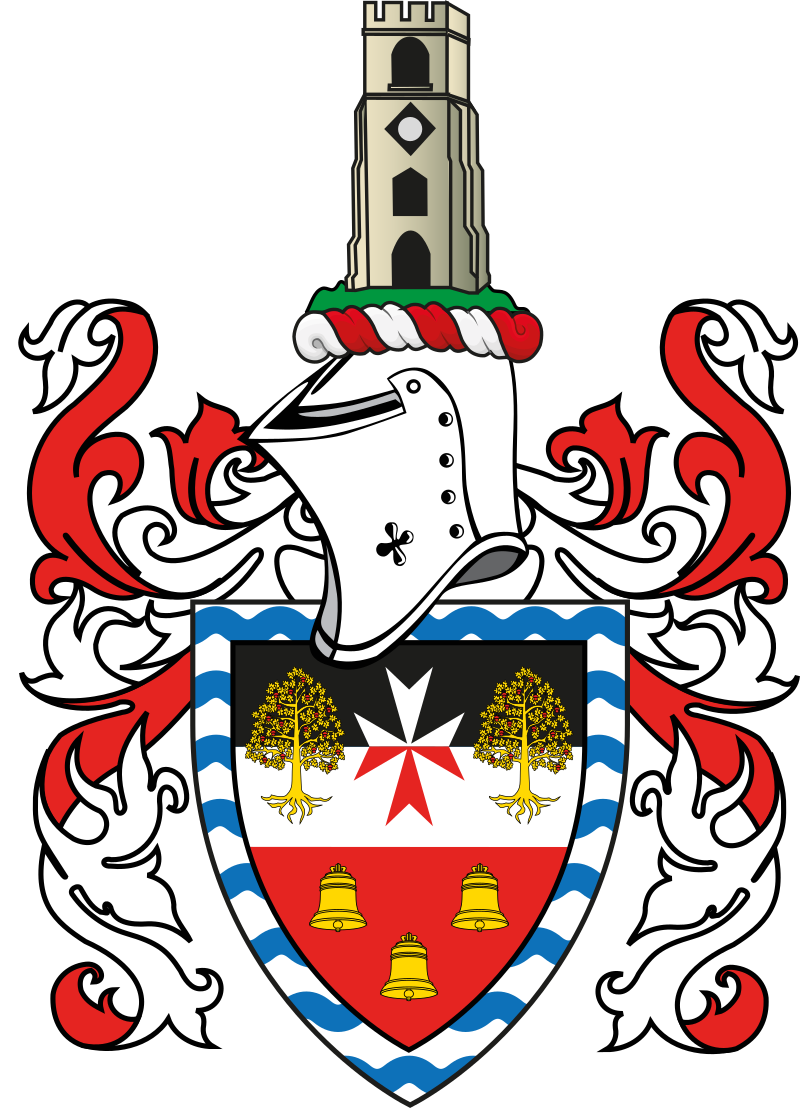St. Augustine's Tower is Hackney's oldest building, having survived when the rest of the original parish church was demolished in 1798.
A familiar landmark, it stands in the centre of the ancient village of Hackney, and appears on the Borough's coat of arms. It is listed Grade 1, and is therefore in the top 2% of buildings listed in the country.
